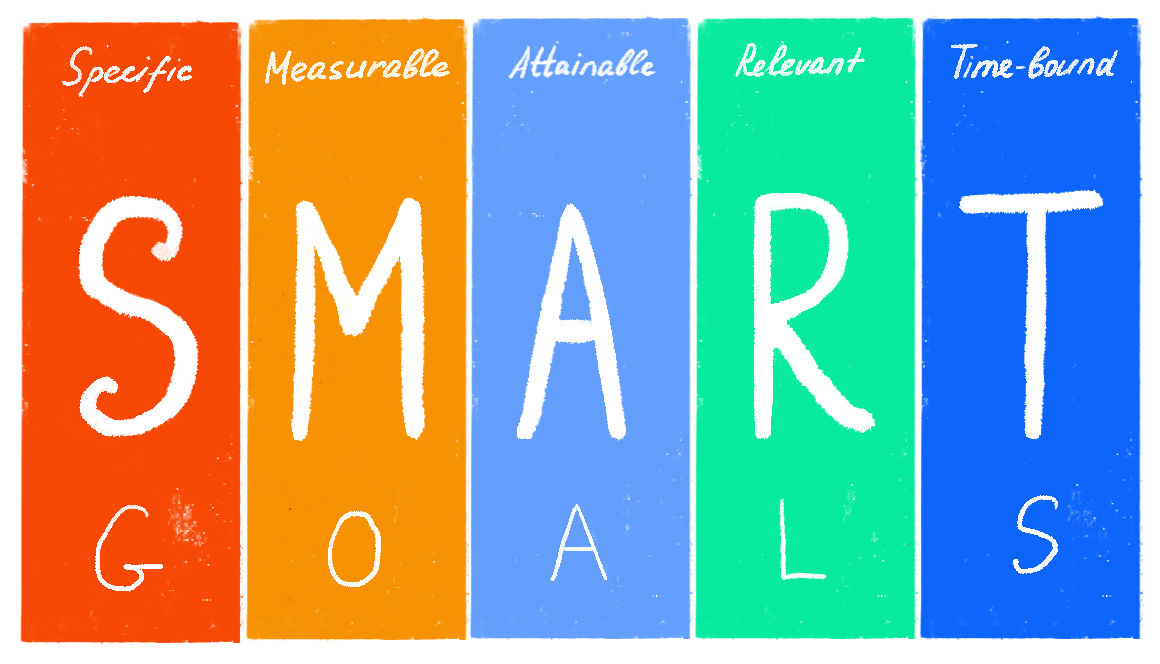How to work with difficult clients in business effectively
Saying ‘I give up’ is the easiest thing but if you manage to tame a tough client then you will not only make profits but will win something more valuable than money. Remember that being reputed as a person whose portfolio includes successful deals with tough customers elevates you to the A-list!

Being in business means having to deal with tough customers that might argue, yell and complain.
There are also the difficult customers that love calling you on Saturday night or email constantly and get surprised that you are not available at all hours of the night. Customers that are never happy will try to make you unhappy too, I promise.
Navigating challenging customers: From frustration to value
You try to calm yourself down with repeating like a mantra ‘the customer is always right’ but this rule, like any other one, has exceptions so if you feel that minuses outweigh pluses then giving up on such a client would probably be the wisest decision.
But if you want to get a true compliment to your efficiency, you will have to overcome your fears and address yelling, complaining and arguing regardless of your emotions.
If you start to tiptoe around the situation, you will surely have a quiet peaceful day, but, unfortunately, you will skip an opportunity to deal with a tough customer and turn it into an experience of value, which is simply the counter-productive behaviour, let’s admit it.

Saying ‘I give up’ is the easiest thing but if you manage to tame a tough client then you will not only make profits but will win something more valuable than money.
Remember that being reputed as a person whose portfolio includes successful deals with tough customers skyrockets your reputation instantly!
Types of tough customers

There are several types of difficult customers. They can be identified by the phrases they might drop occasionally but you must never let your guard down.
Be ready for applying ‘the back-down-the-tough-customer’ strategies if you heard the following.
«I want it to be done ASAP»
Keep in mind that by ‘as soon as possible’ they might mean any calendar entry, from ‘yesterday’ to some indefinite date in the future.
Learn to negotiate for a realistic deadline🗓️, lest you find yourself working through the night.

«I want something creative but I am not sure what exactly»
It is highly likely that you are dealing with a doubter.
Dealing with such a person is like travelling without a map🗺️: it might be really exciting but without any destination in sight.

«Why is the line always busy?»
This kind of a customer religiously believes that they are one and only in your address book. Thus, being available is your obligation.
Set boundaries and politely explain that while you're dedicated to their needs, you also have a life (shocking, I know).
«Oh, anything will do»
These are deceptively agreeable customers.
By the time you are happily finishing the project, you might be surprised by a customer’s message or mail informing you of a completely different approach that a customer had in mind from the very beginning.
That feeling when the wind of change blows directly into your face...
Beware the calm before the storm! Clarify expectations early and often to avoid project whiplash.
«I wanted to ask you to include some more items into the project»
The Feature Creep King/Queen usually wants to add, add, add to the project, all for the same price.
Politely explain the realities of cost and time, and suggest alternative solutions if needed.
«I think it will take you not that much time»
These are customers that have their own notion of time.
Sadly, their reality in no way coincides with yours because you do know that this work will actually take much time.
«I cannot take a decision on my own»
The Decision-Maker Houdini claims they can't decide alone, leaving you feeling powerless.
Don't be fooled! Ask for the name and contact information of the actual decision-maker.
Trust me, one point of contact is a lifesaver.
Best Customer Support Solutions

All the tough customers we mentioned above can be approached with LAST technique that will work like magic.
Try it, and you will be amazed by results.
L for 'listen'
You hear complaints. You suffer from being criticized. You are fired with angry comments. And there is a great temptation to add fuel to this drama by firing back. It will be your fatal mistake.
Once you get personal, there is no chance of celebrating the victory. Let the other person vent out his anger. The only wise thing to do is to show that you have perfect listening skills and relate to the experience that your unhappy customer had.
More than often, customers who acknowledged their own challenging behavior indicated that demonstrating care, admitting to mistakes, and taking initiative to resolve issues contributed to a positive outcome.
This suggests that such an approach may be effective in dealing with similar situations involving hard-to-please clients.
A for 'apologies'
It is logical and simple. Once the person poured out his emotions, he will expect some reply. The most natural step to take is to give apologies because it helps ‘reboot’ the situation, and have a fresh start.
Disclaimer: there is a big difference between offering apologies and being pleaded guilty! Feeling ashamed or intimidated is not on the agenda.
If you are not sure that you know the strategically effective expressions for apologizing you will find them here.
S for 'solve'
If there is a solution that can be applied, then there is no time or room for hesitation. Offer the way to solve the issue and assist the person in implementing that solution.
Oftentimes, tough clients require longer working hours. Do not save on giving your time but remember that you can make it accountable.
Luckily, the time tracking software can be easily applied as your ‘effort-calculator’ (you can track being on the phone with the client, meeting on Skype, or replying to the emails). These calculations can be converted into reports and sent to the customer directly by email.
Once the customer has the detailed view of the project, it will be easy to keep the communication within professional boundaries. Showing respect to your time will positively reflect on building trust-based relations.
T for 'thank you'
You will find hundreds of quotes about the value of experience over winning. But, let us be frank, theultimate goal of business communication is achieving the results and showing true productivity.
After all, the assessment of your work is measured by the customer’s satisfaction.
If you realized the goals you set and if your customer turned from unhappy to satisfied, then you managed to reach the destination. It is time to thank the customer and, hopefully, set new goals.
You should be ready that however superb your service is or however client-centred you are, you might have to cope with the tough customer. Take one step at a time, and you will have a great chance to become a successful ‘tamer’.
Identify the probable weak spots that might affect your cooperation, try to avoid the open confrontation, and you will regain control over the situation.
Conclusion
Conquering a difficult customer isn't just about keeping your sanity (although that's important too!). It's about building resilience, honing your communication skills, and turning a negative experience into a positive one.
Remember, a reputation for handling tough customers elevates you to the business A-list. So, the next time you face a challenging client, don't run away. Embrace the opportunity to sharpen your skills and emerge victorious!
Ultimately, your customers’ loyalty is the biggest reward.

